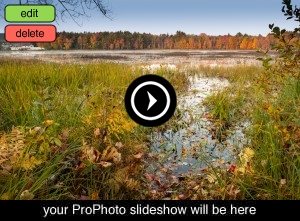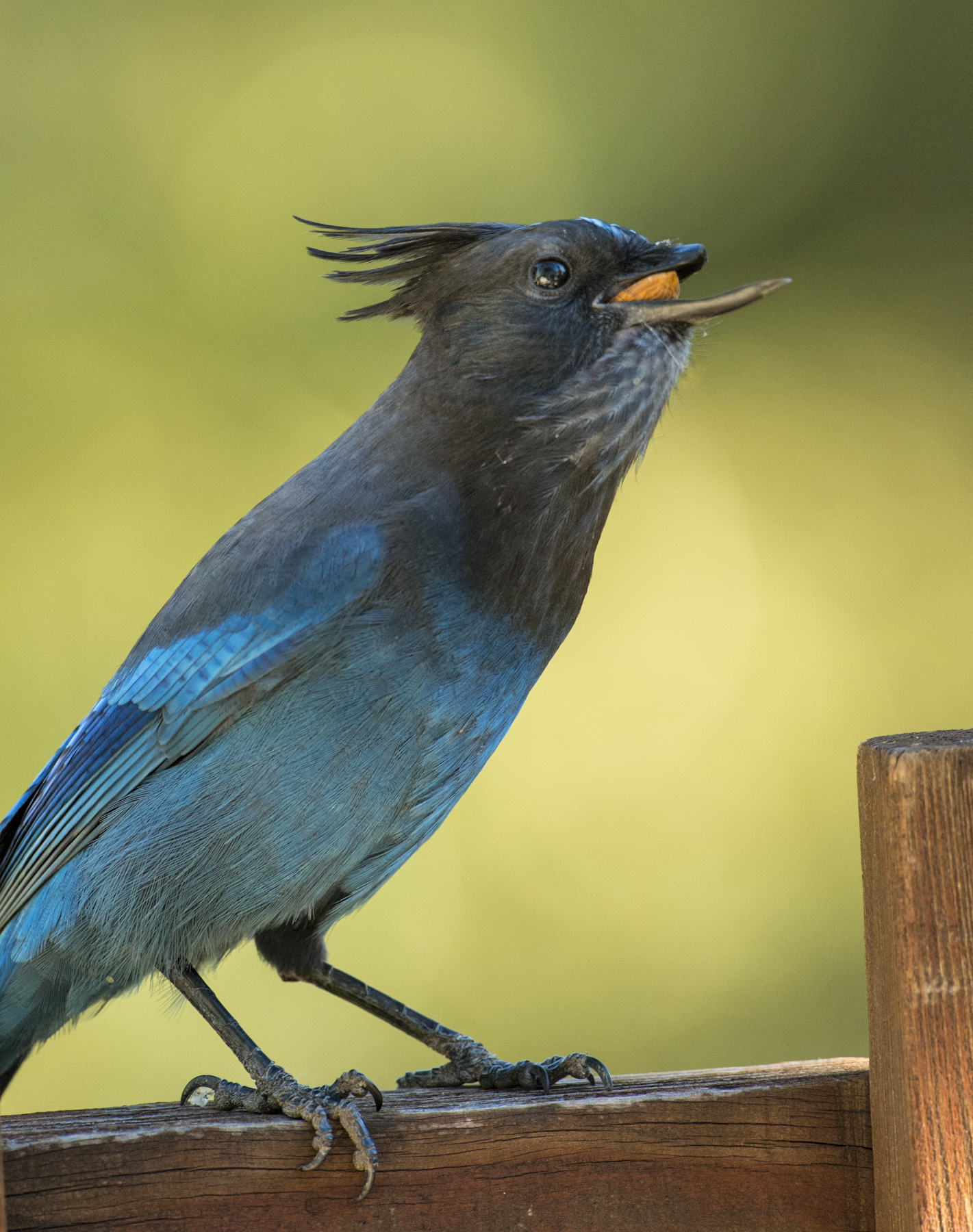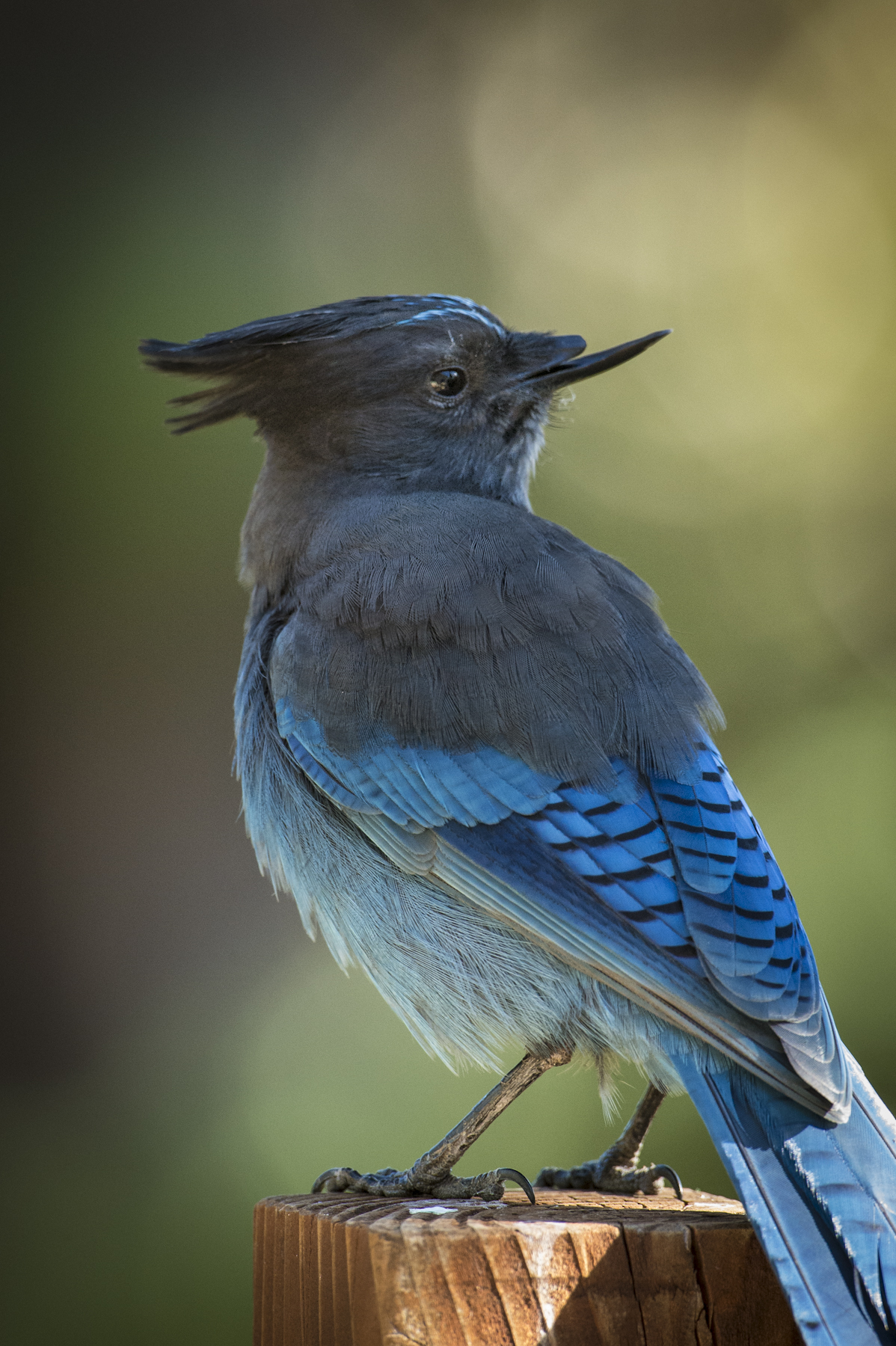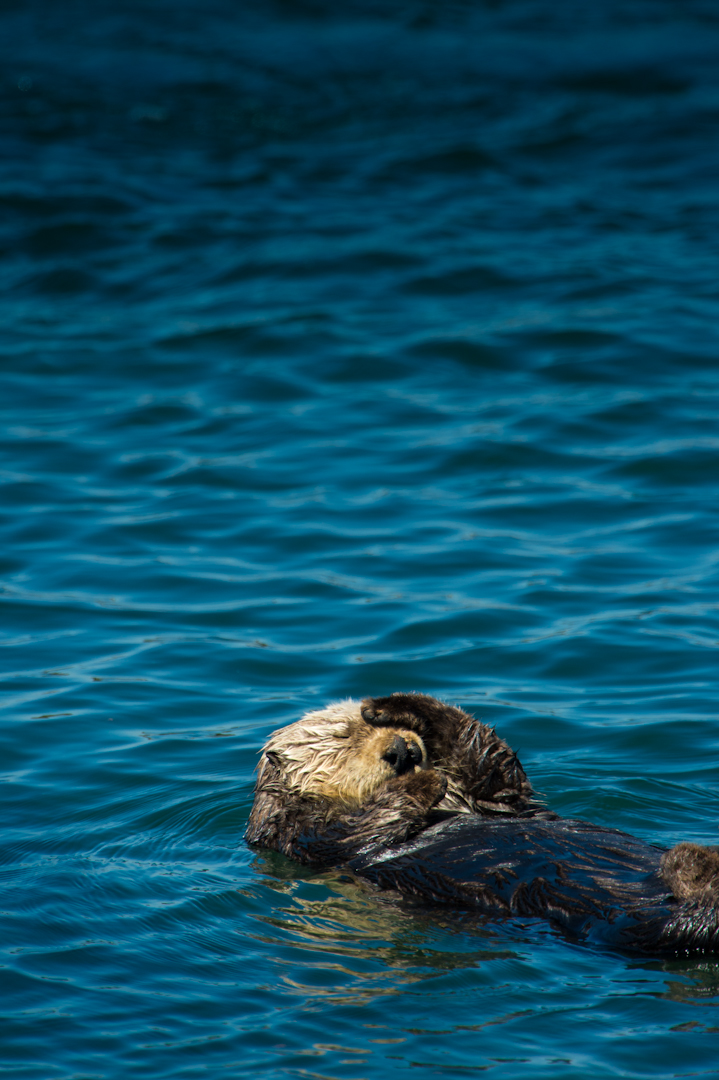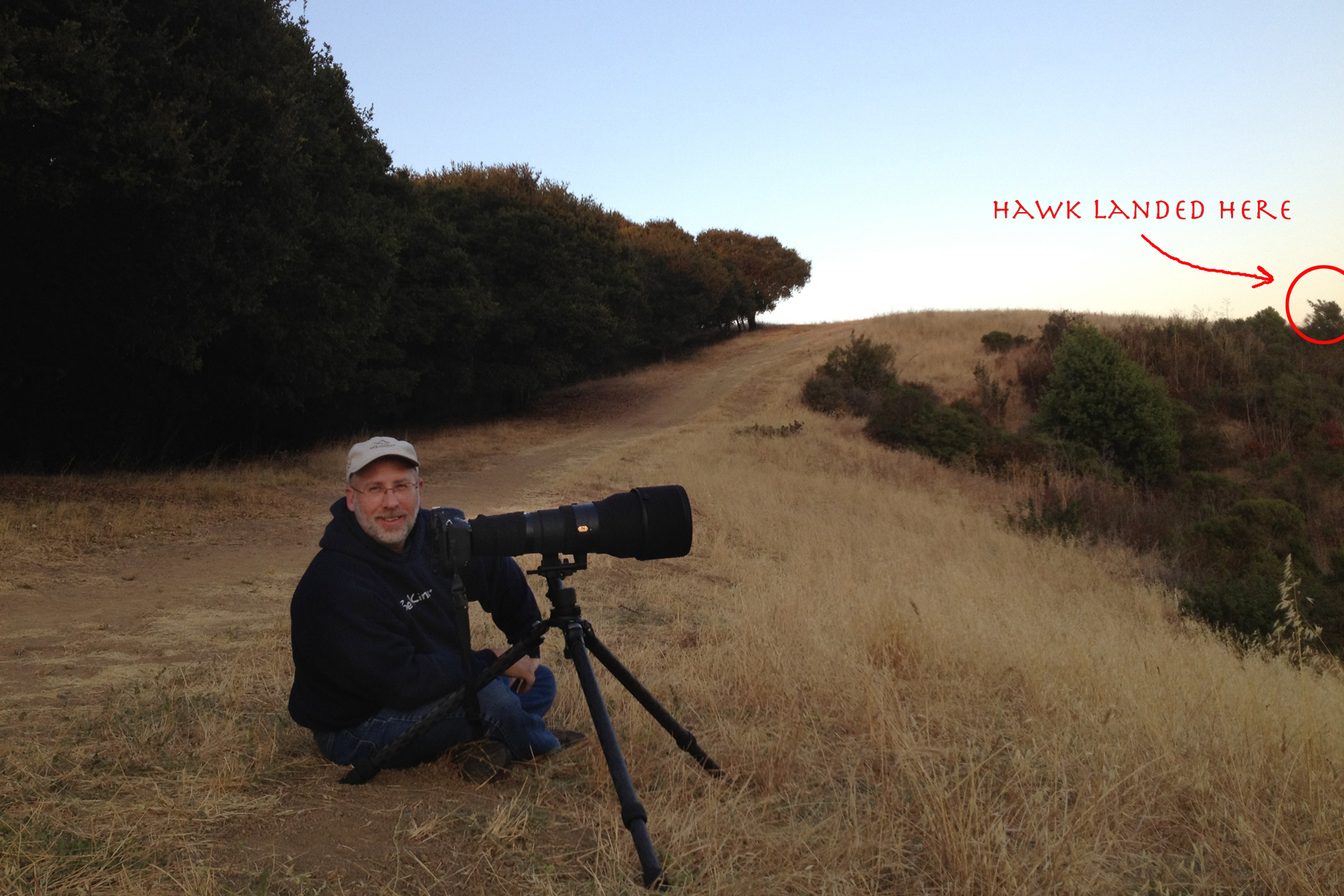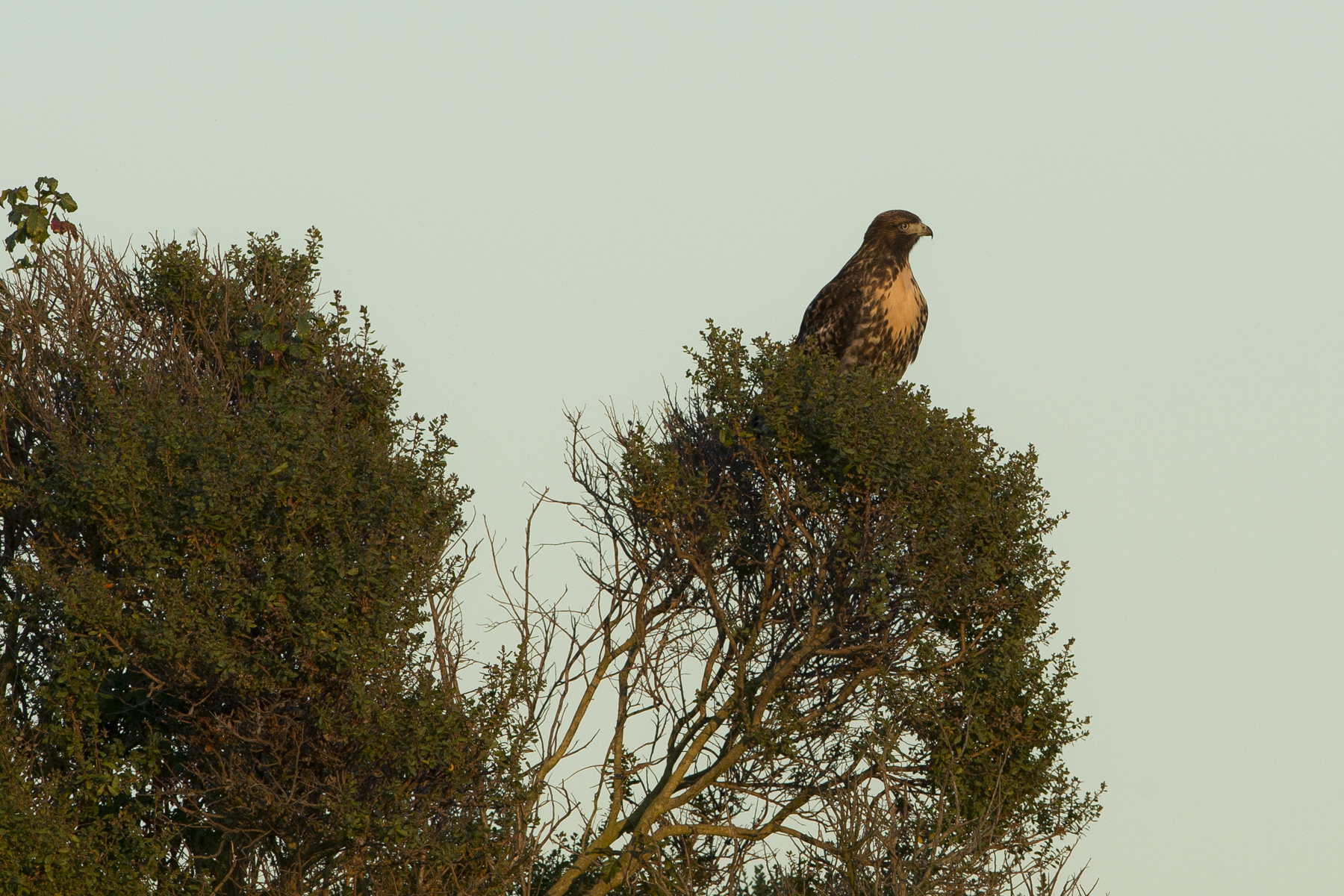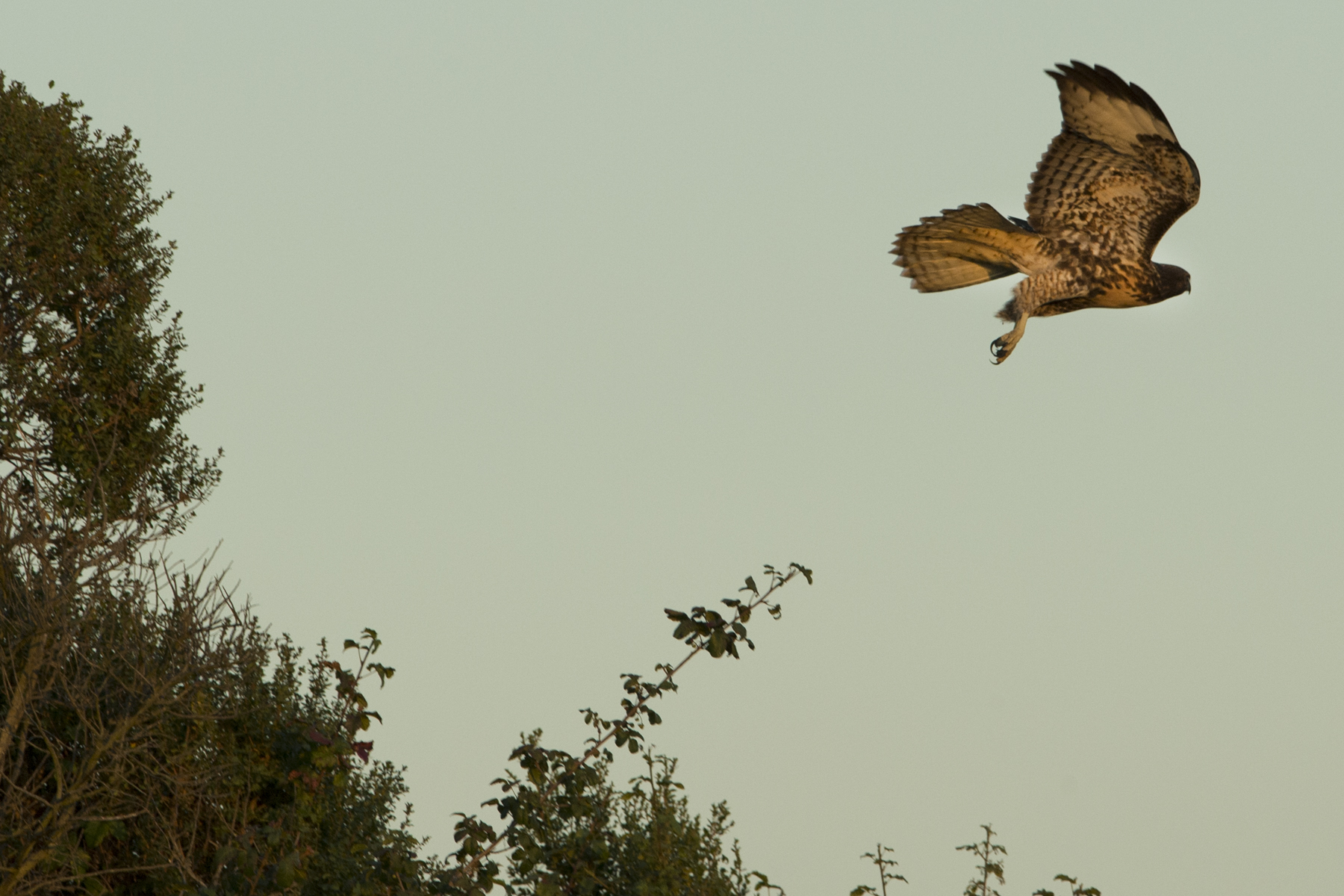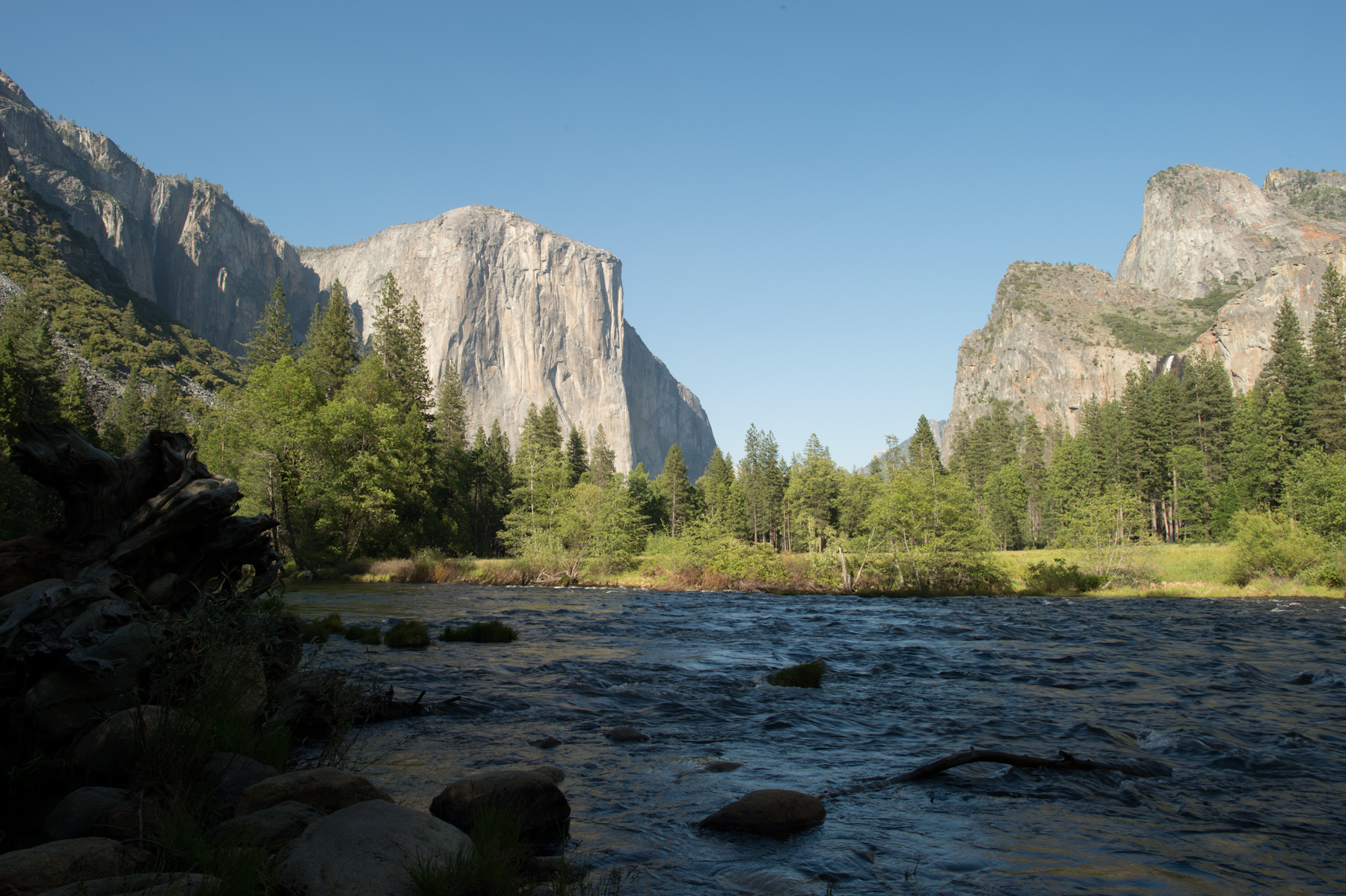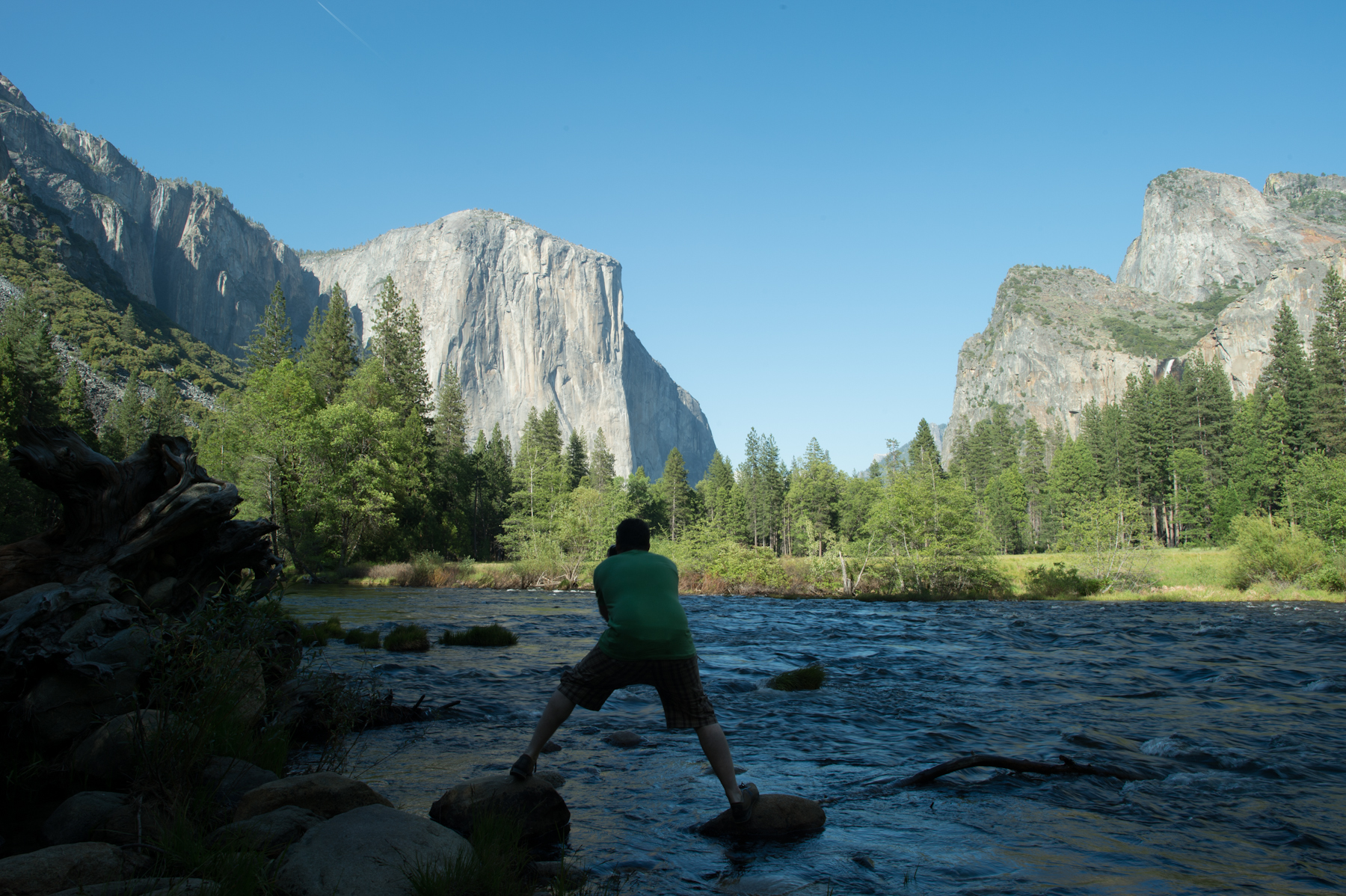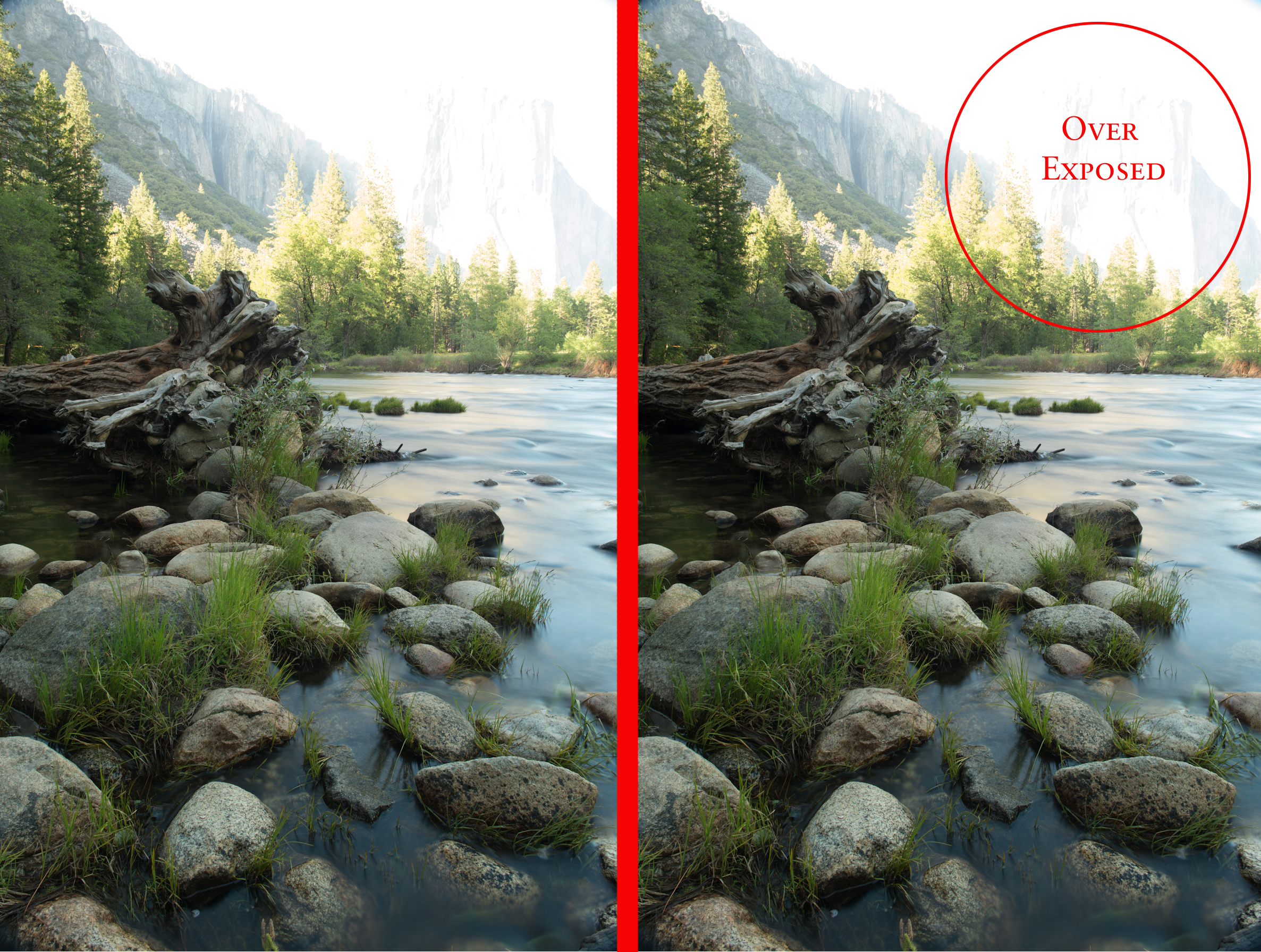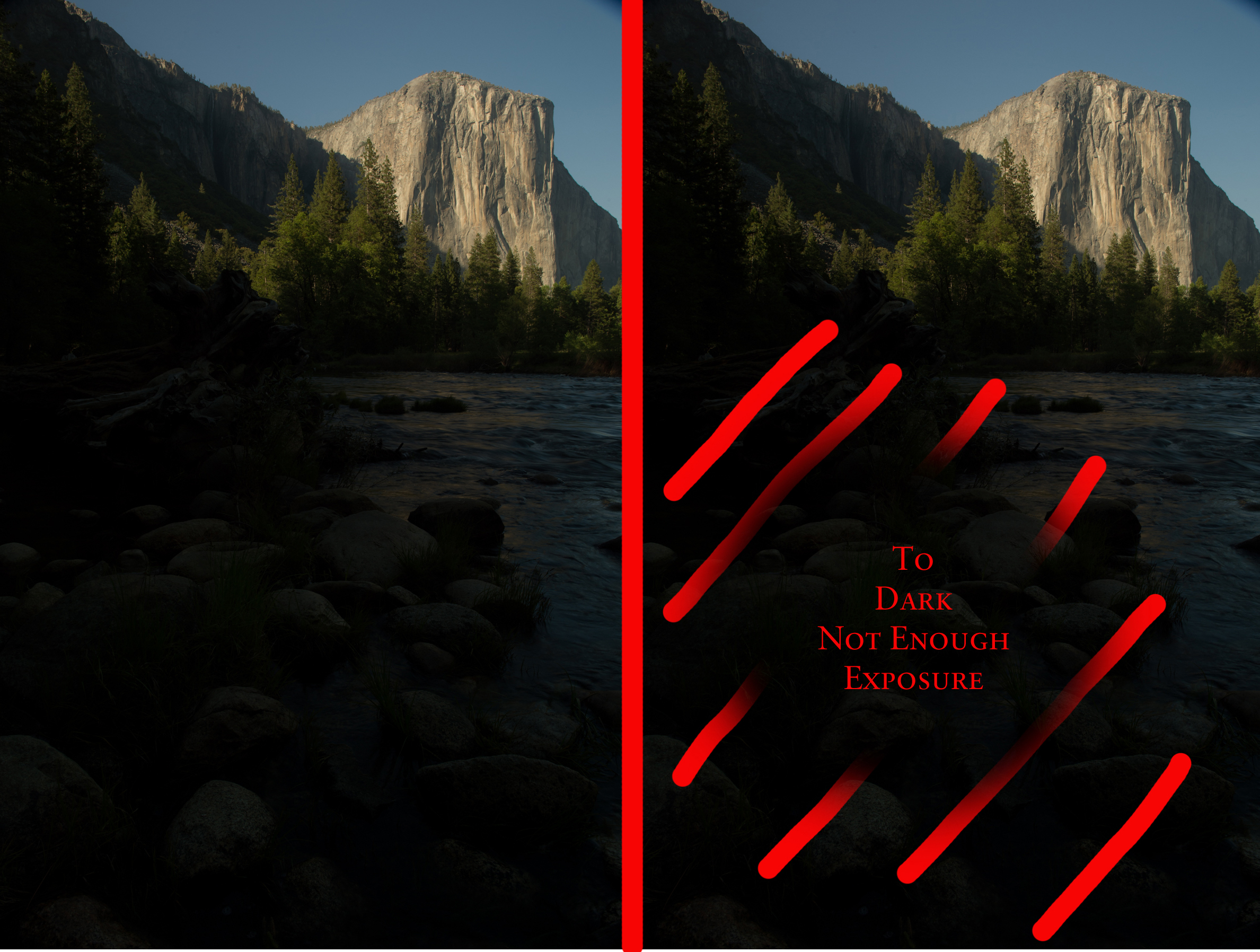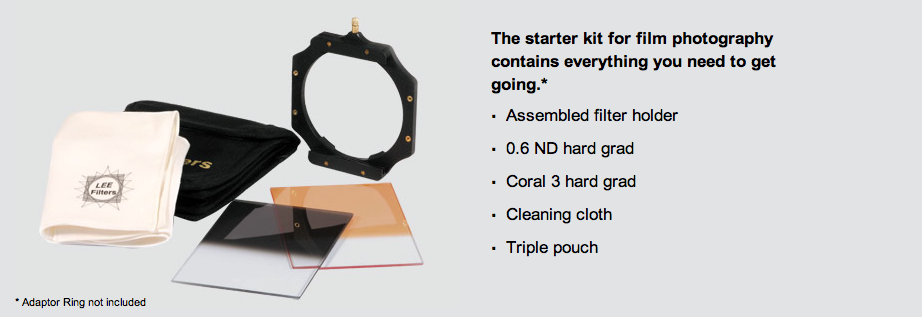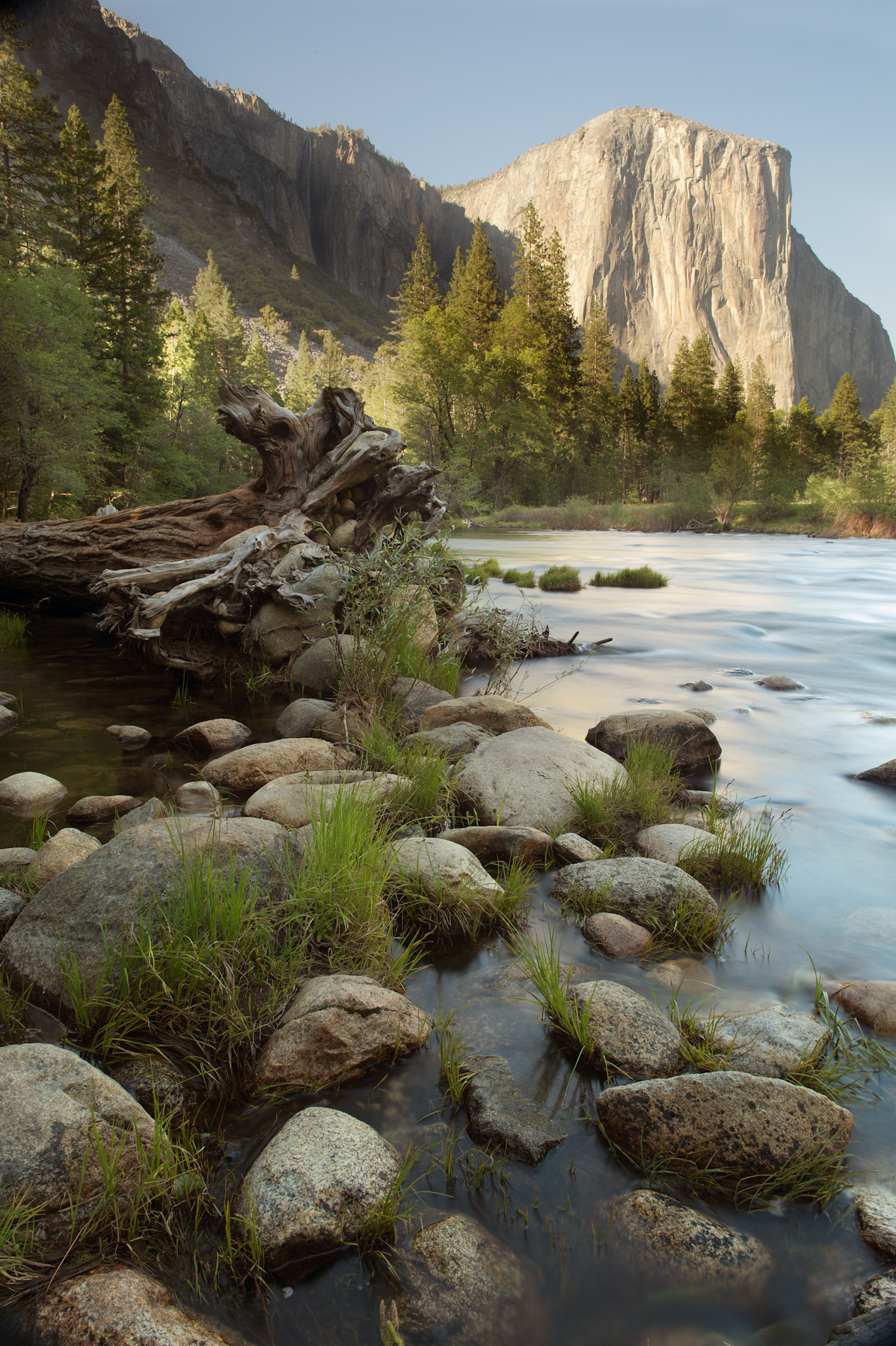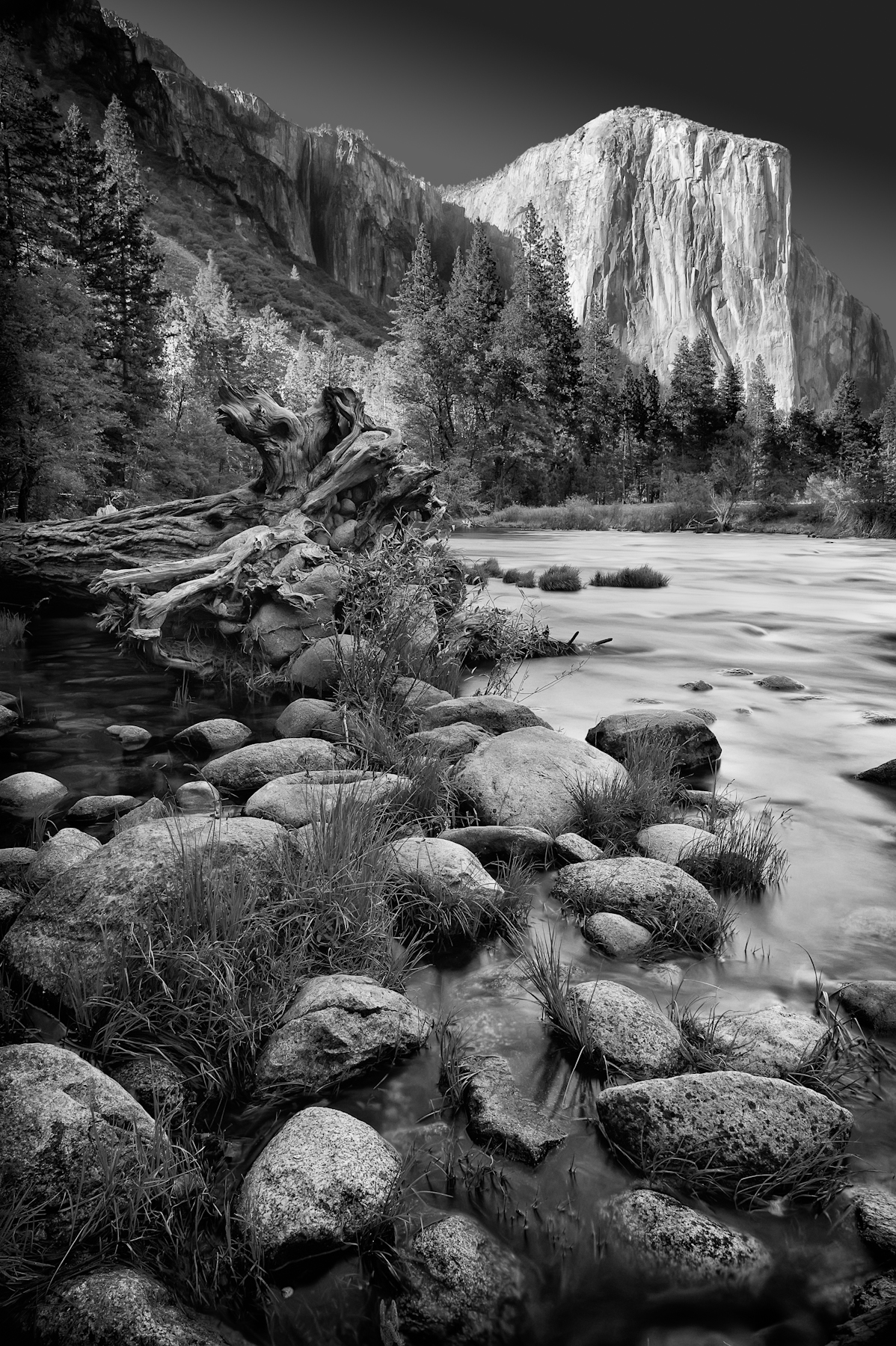Here are a few select images from New Hampshire last month.
Steller's Jay
While the Blue Jay is very commonly found in North America, the Steller's Jay is the only crested Jay west of the Rocky Mountains. So, most of the time when you are in the California mountains and see this bird, it's a Steller's Jay. This one is unusual in that part of its upper beak has broken off. This kind of injury would be a death sentence to a less versatile, tiny seed eating bird but this Steller's Jay gets along pretty well
This image was captured with a Nikon D4 and 600 mm f/4 lens. The shallow depth of field works well to isolate the bird from a possibly distracting background.
Sea Otters
The endangered California Sea Otter is a fantastic subject for photographing. While in the Monterey area of California, I happened upon a group lounging in the sun and took out my 600mm lens with 1.7 converter and started shooting. They drifted in a small inlet as they cleaned themselves and floated in the sun. When the opportunity arises to photograph wildlife, make sure to make the best of it. Move around if you can to get different angles. In this case I photographed groups as well as individuals.
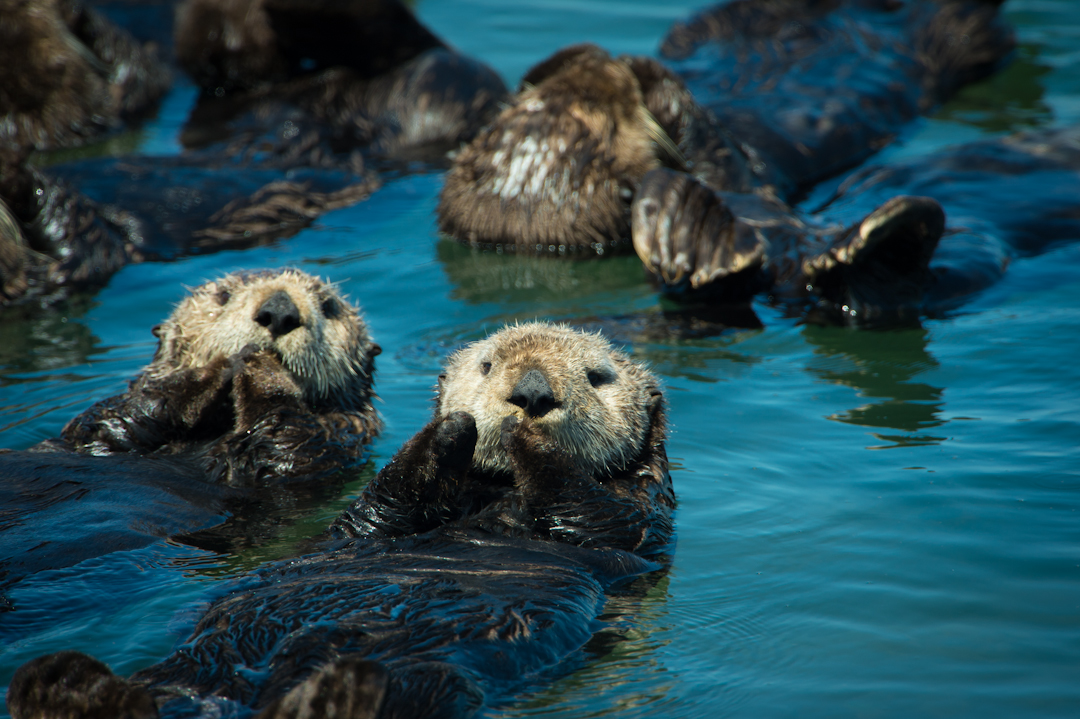
Whenever possible always try to get some vertical as well as horizontal images. I always try to shoot some images with space to the left, space to the right and space above on a vertical to allow for a magazine to use your photograph as a cover. This will allow them the needed space to print your image "full bleed" (meaning that the whole page will be used for your photograph) and to have space for the magazine name, and story topics.
Following the Hawk
The other night I decided I would go out to my favorite regional park Lake Chabot and do some work with my new wildlife lens. Photography has changed in that the sensors in today's camera's are outstanding. In the Nikon D4 that I shoot, the ISO can be run up to a very high number to compensate for the low light of the evening sunset. This coupled with a very fast lens, 600mm f/4 -the wildlife opportunities are boundless.
I had been watching a couple of young Red Tail Hawk hunt the surrounding hillsides. Since I wasn't going to try to disguise myself as a bush, I set the lens down where I knew the light would be nice on my subject. I had hoped that one of the hawks would start working the hill in the sunlight and I got lucky.
This youngster landed on a bush to see what was on the menu this evening - so it enabled me to get into position to photograph him when he would take off.
He didn't stay too long, maybe about 20 seconds, but that was enough time for me to frame up the shot, check my exposure and lock in a good focus.
I was able to buzz through about 10 frames before he was lost in the shadows - but I'll be back and I'm fairly certain the hawk will be there as well.
Photographing Yosemite
Yosemite is a fantastic place to visit but it can be quite difficult to get the shot that you want because of the conditions. I found this scene near the exit of the valley floor. As you are exiting the park, its on the left side, pull over there is plenty of parking. The Merced river runs right by you with El Capitan in the in the background. This is not a secret spot, in fact, I have seen it many times in photographs. During the three hours we were at this location waiting for the best light, at least 200 people stopped to get this same shot.
The conditions that Yosemite throws at you can be difficult to deal with. First off, is dealing with the people. If you want to shoot pure landscapes, then you aren't likely to want people in the shot. Most people understand and will move out of the way, some people, however, are so self absorbed they have little regard for others around them.
I had been in position for about a half hour, waiting for the best light of the day, when this photographer decided to jump in the middle of my scene and get his shot. This guy walks up, looks at me with my tripod in the water and just walks in front of me to get his "amazing" shot. I knew that he would be gone as quickly as he arrived, so I didn't sweat it.
There are a couple of things you can glean from this photograph to determine as to why his picture wont be all that special. First off, he will have to be shooting very fast to hold that pose, thereby having the water in his image, not soft but hard looking. It looks like he will not have anything in the foreground except the water so that is not likely to be very interesting. Also, because of the contrast of Yosemite, his foreground will be too dark or the section of El Captain will be too light. Since he is hand holding the shot, it's not likely he will be able to create a merge photograph like I will show you in the next section.
****************************************************
After being at this spot for a while, I started looking around at my foreground. I liked a downed tree off to me left and I also liked the rocks that were right in front of me. I put on my 24mm lens and decided to make a vertical photograph. Here is what I started with:
For the composition, I had the rocks and grasses int he foreground lead your eye to the log, which will lead your eye to El Capitan. On the first photograph, the rocks and river were the way that I wanted them, exposure wise - however, El Capitan was still in bright sunlight and therefore extremely over exposed.
In the second shot, El Capitan was correctly exposed, but the river that was in the shade way way to dark to show any detail.
So I shot both photographs from the same position with everything locked down on a tripod, knowing I was going to get these two images into Photoshop and make the final image there.
********************************
If you don't want to, or can't bring the images into Photoshop, there is a possible solution for you. Use a graded filter with a filter holder. These are made by Lee and can be used to darken down a selected area of your image.
While these filter sets are fun to have, they don't give you the precision that Photoshop will give you and if you are already using a Neutral Density filter to get the water to be blurred, another filter and holder system will most certainly create vignetting on the edges of your image if you use a wide angle lens.
**********************************
Here is how the image looked after I merged the two best parts of the two images in Photoshop. I liked it but, didn't love it. Next was to bring it into Nik Software's Silver EFex Pro 2 software and convert it to black and white.

